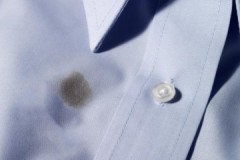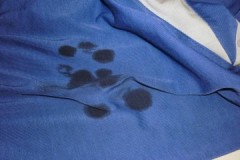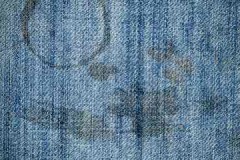Subtleties of cleaning, or how and how you can remove a stain from vegetable oil
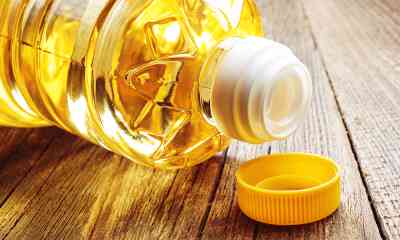 Oily stains from vegetable oils are a common household problem. You can cope with it using folk recipes and special tools.
Oily stains from vegetable oils are a common household problem. You can cope with it using folk recipes and special tools.
In this case, it is necessary to take into account all the features of the removal of vegetable fats from various surfaces.
How and how to remove a vegetable oil stain from clothes, upholstered furniture and carpets, a table or floor, we will tell in the article.
Content
What's the first thing to do?
If the stain is just planted on the fabric, it will be easier to remove than over time. This requires:
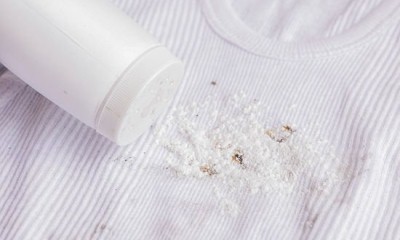 Collect fat that has not yet been absorbed. This can be done using sorbents that are at hand. This can be chalk, soda, salt, etc.
Collect fat that has not yet been absorbed. This can be done using sorbents that are at hand. This can be chalk, soda, salt, etc.- It is advisable to wet it with water along the perimeter of the greasy track. This will stop the spread of fat over an even larger area.
- After a few minutes, the powder is crushed from the material.
If grease has been on the fabric a few minutes ago, sprinkling the stain will be very effective. But when several hours have passed, you will have to use more aggressive solvents.
How to remove with improvised means?
In a situation where a thing is stained with vegetable fat, it is possible to use improvised means.
Dishwashing gel
Dishwashing detergent found in the kitchen can be used to remove grease. For this purpose the gel can be applied directly from the bottle and gently spread over the mark light circular movements.
Since these products contain fat-soluble components in their composition, this method is also suitable for treating stains. After a few minutes of exposure, the item can be washed in the usual way - in a machine or by hand, using a detergent suitable for a particular fabric.
Refined gasoline
To remove stains, turpentine or highly refined gasoline are considered aggressive enough solvents. Their use is justified for advanced cases and fabrics with a persistent color that does not threaten to wash off.
Even after washing with powder detergent a specific smell of solvent may remain on textiles.
Ammonia
For old vegetable oil stains, ammonia can be used. It is bred in half with water. Wipes soaked in the solution are applied to the fabric from both sides and iron the contaminated area with an iron. The iron should be set to the maximum temperature allowed for the fabric.
Alcohol, water and salt
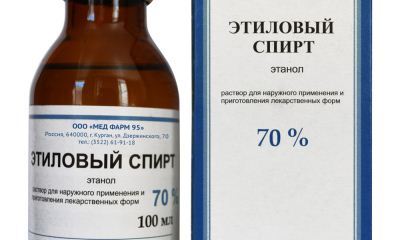 You can prepare your own grease stain remover. To create it you will need:
You can prepare your own grease stain remover. To create it you will need:
- medical alcohol - 1 tbsp. l .;
- water - 3 tbsp. l .;
- salt - ½ tbsp. l.
All ingredients are mixed in a small bowl. The stain must be rubbed with the resulting solution and left for a quarter of an hour. After that, the thing is washed.
Glycerin with ammonia
Removing stains from delicate materials imposes restrictions on the use of methods. For these purposes you can take a mixture of ammonia (10 ml) and glycerin (20 ml)... The solution is applied to the stain with a sponge, kept until completely dry, after which the thing is washed in non-hot water.
How to remove with special preparations?
Grease stains are often very difficult to remove from fabrics. Normal washing will not completely remove streaks. In order to properly wash a thing, it is advisable to use special products that serve to remove complex greasy stains.
Dr. Beckmann from Fats and Sauces
Under TM Dr. Beckmann, a large number of narrow-spectrum stain removers are produced... Among them there is a special tool that is designed to remove fat.
The drug is produced in a small bottle in liquid form. Suitable for undiluted treatment of vegetable and animal fats.
Stubborn stains may require re-treatment. The price is about 200 rubles for a container of 50 ml.
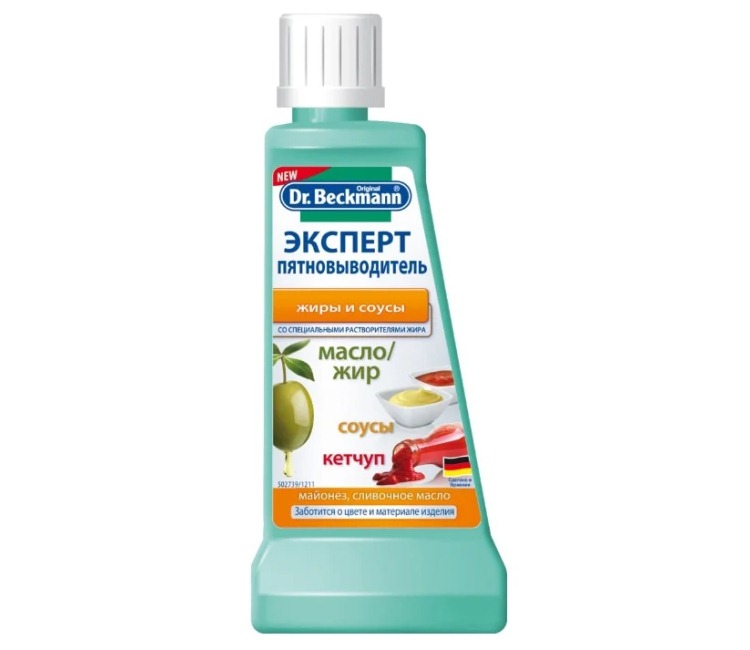
Frosh
Enzyme Stain Pretreatment is suitable for removing stains of various origins, including greasy food. Suitable for white and colored fabrics.
Before washing, the drug is applied to the stain and kept for a short time on the affected area. After 10 minutes, the garment is washed as usual. The composition contains:
- lemon acid,
- Nonionic surfactants,
- APAV.
The price is about 150 rubles per bottle.
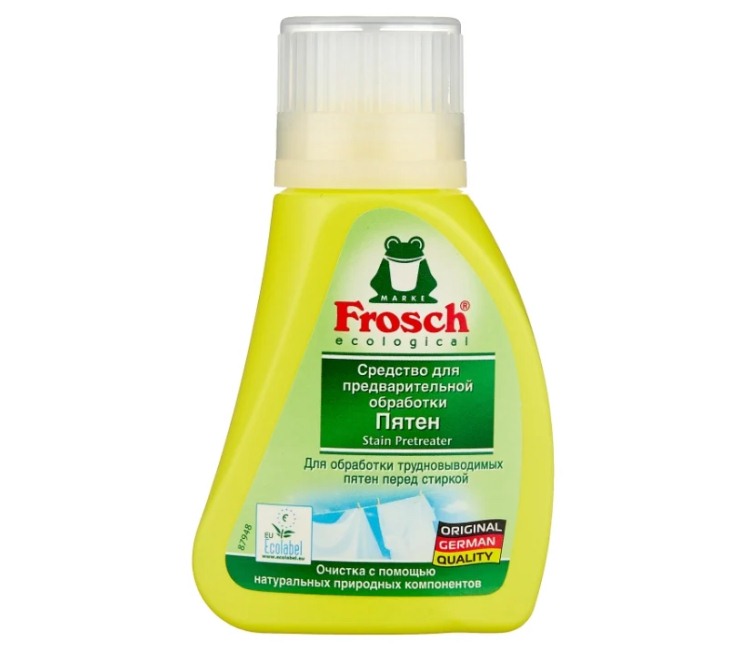
Luxus Professional
The spray is intended for pre-treatment of dirty areas of light-colored fabrics Copes even with old stains not only from fat, but also from:
- sauces,
- coffee,
- blood,
- herbs, etc.
The product works according to the principle - "spray and wash". The price is around 200 rubles.

Features of removal from various surfaces
The procedure for removing oil depends on the surface on which the oil has gotten.
Solid - table, floor
The easiest way to collect grease is from a hard, non-porous surface such as a table or floor. In this case, it is enough:
- collect the oily mass with a rag;
- rinse the stained area with a degreaser;
- wipe dry.
Upholstered furniture, carpet
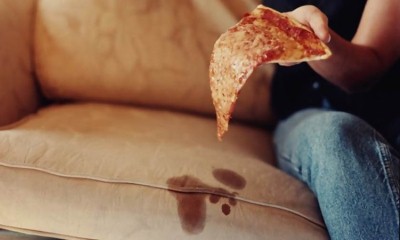 It will be more difficult to remove greasy stains from upholstered furniture and carpets. The porous surface of the material easily absorbs substances falling on it.
It will be more difficult to remove greasy stains from upholstered furniture and carpets. The porous surface of the material easily absorbs substances falling on it.
For such difficult surfaces, care must be taken not to absorb the fat deep into the fibers.
To this end wipes are used, and the surface itself is covered with soda, talc or chalk. And only after the main fat has been absorbed, they proceed to the main cleaning process.
You can use rubbing alcohol, grease removers, soapy water, and carpet shampoos for finishing.In a critical situation, when it was not possible to remove the stain on your own, or the thing is expensive, and very demanding on care products, you can turn to dry cleaning services.
If you do not start removing the stain immediately after the stain appears on the carpet, the oil will penetrate deep into the pile, making it difficult to remove.
clothing
Garments very often suffer from vegetable fats. The peculiarity of processing things is mainly related to the material of manufacture:
- For wool, it is better to use a soapy or brine solution.
- For delicate materials - glycerin with ammonia.
- For jeans, almost any recipe will do.
- It is desirable to process things from dark knitwear from the inside out.
- For things of light color, you can use ammonia, alcohol, gasoline.
It is recommended to pre-test a product that is used for the first time, especially on bright or delicate materials, on an inconspicuous area. How to remove a greasy stain on clothes, you can find out here.
How to remove a greasy stain from clothes, the video will tell you:
Differences in removing traces of different oils
Vegetable oils (sunflower, olive, etc.) differ in origin, consistency and other factors. To remove them, products that break down fats are suitable.
For tough, colored or old greasy stains, it is best to use special stain removers. Or focus on an integrated approach when using folk recipes.
6 prohibitions
It is easy to make mistakes in an effort to get rid of a greasy stain faster. The most common are:
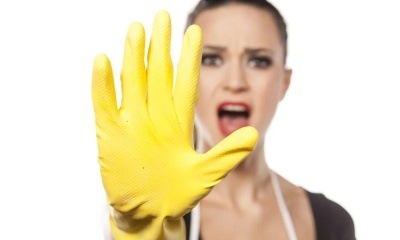 Standard wash without pretreating stains. Even a very high quality powder cannot cope with contamination without preliminary processing.
Standard wash without pretreating stains. Even a very high quality powder cannot cope with contamination without preliminary processing.- Intense rubbing of the affected area. With a directed action using brushes or napkins, the fat will be absorbed even deeper into the fibers, and the fabric itself will become dilapidated.
- Leave the soiled thing for a long time without processing. In this case, the greasy footprint can cover an even larger area and be absorbed deeper. The longer the product will lie, waiting for processing, the more difficult it will then be to cope with dirt.
- Bleach application. Even on snow-white clothes, you should not use bleach without pretreating the stain. This product is not intended to break down fats, and may have the opposite effect - the fat is even more fixed on the material.
- Using household chemicals for cleaning pipes, washing bathtubs, etc. In the composition of aggressive chemicals for cleaning plumbing, caustic is most often included, which successfully breaks down fats. However, you should not use such products to care for clothes - this can lead to discoloration of the colors and damage to the fibers themselves.
- Using hot water for washing. In this case, pollution can spread over an even larger area and even gain a foothold. The best you can get from hot water is to lighten the stain, but not remove it.
Recommendations to help
Expert advice will help remove greasy stains as efficiently as possible:
- The use of brushes for rubbing off greasy stains is only recommended for limited use, and mainly for thick materials such as jeans.
- When choosing a stain remover, you need to pay attention to what kind of stains it is intended for, since not all products can cope with grease.
- In case of delicate or worn fabrics, intense exposure is not permissible.
If you are interested in how to remove vegetable and machine oil stains from various surfaces, take a look at this section.
Conclusion
It is possible to remove a stain from vegetable oil using purchased special stain removers, or using folk recipes. In this case, the type of surface and the degree of obsolescence of the greasy blot should be taken into account. In some cases, the processing will have to be repeated.

